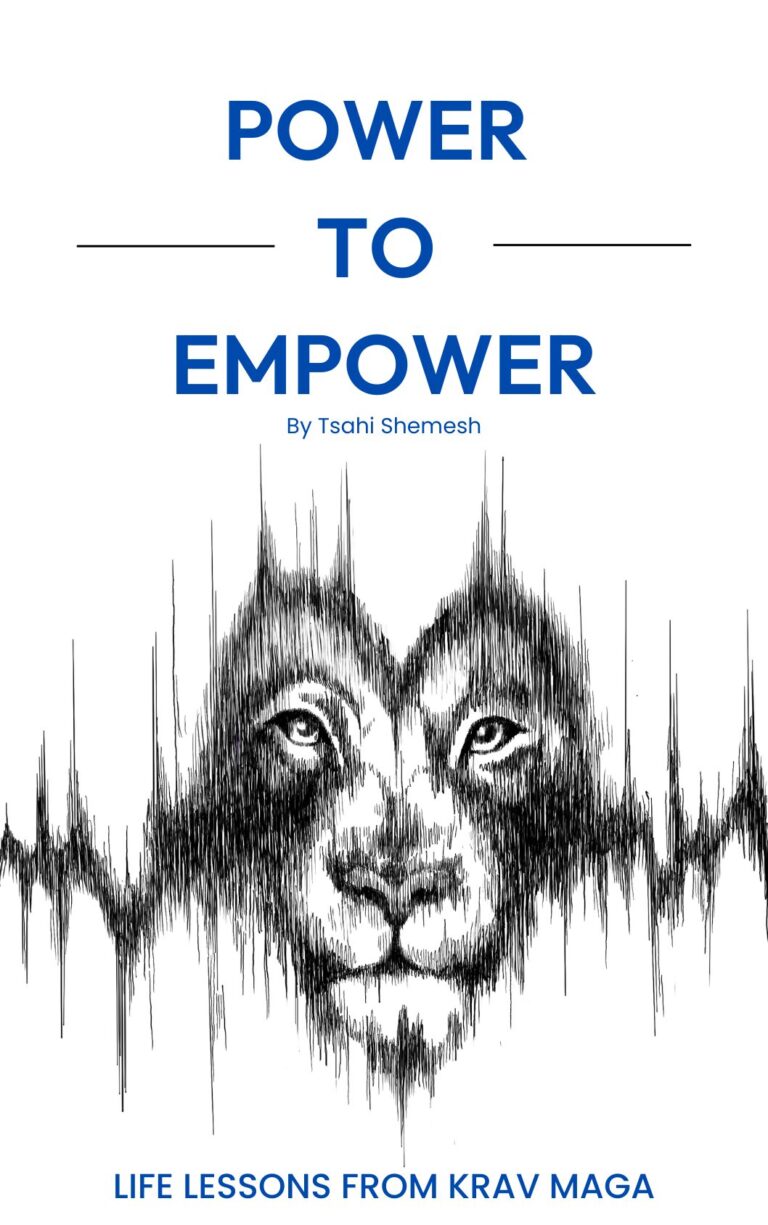The Invisible Line Between Need and Expression
Babies cry. That’s what they do. It’s the only tool they have to tell you something is wrong. They don’t have words, no way to explain their experience or ask for what they need. They cry because one or more of their essential needs are unmet. That’s the hard truth. The cry is not random noise or manipulation. It is a desperate signal, raw and real.
If you spend time with a baby, you have to learn that not all cries are the same. There are different cries for different needs, and understanding those cries can make all the difference.
Here’s what I learned are the primary reasons a baby cries:
- Hunger: This cry is urgent and repetitive. It demands attention. The baby’s body needs fuel.
- Discomfort: Wet diaper, tight clothes, temperature too hot or cold, or physical irritation. This cry is more restless and unsettled.
- Need to Connect: Babies want human contact, eyes, touch, and voice. This cry is more seeking, almost like a question: “Are you there?”
- Tiredness: When overtired, babies cry with a whiny, fussy sound. They need help calming down to fall asleep.
- Pain or Illness: A sharp, sudden, intense cry signaling something is physically wrong. This demands urgent attention.
You can go much deeper if you dive into the expert zone. Today, with social media and technology always in the palm of our hands, the challenges have evolved. Both babies and adults can struggle with overstimulation from constant input, or sometimes understimulation, which is rare but still happens. Another crucial need is routine and predictability. Having a stable rhythm helps reduce anxiety and brings a sense of safety in an unpredictable world.
But at the core, it’s about survival. The baby doesn’t know how to solve the problem, only that it needs to be solved, and crying is the only way to force the world to pay attention.
I learned that by observing, listening carefully, and understanding these cries, I could meet my sons’ needs more effectively. It meant less frustration for all of us and a better chance for trust and connection to grow.
Here is where the deeper lesson begins.
Adults have these same needs. At our core, we are not so different from babies. We need food, comfort, connection, rest, safety, and mental peace. The difference is that as adults, we have language, experience, and control over how we express discomfort. We don’t simply cry out anymore. We have countless ways to mask, distort, or complicate the signals that come from unmet needs.
When an adult is struggling, uncomfortable, or in pain, the signs rarely come as clear and direct as a baby’s cry. Instead, we express our needs and discomforts in ways that are often confusing for others and sometimes even for ourselves.
This is where many people get stuck. Instead of looking inside and asking, “What do I need?” we act out. We lash out. We shut down. We complain. We distract ourselves. We make the problem worse.
Here are five common ways adults express unmet needs or discomfort, often unconsciously:
- Anger or Irritability
Anger is a loud signal that something is wrong beneath the surface. It often masks fear, hurt, or feeling powerless. Instead of asking for help or admitting vulnerability, anger can become a shield or a weapon. It demands attention but rarely invites understanding. - Withdrawal or Silence
Some adults respond by shutting down. They pull away emotionally and physically. This silence is often mistaken for indifference or coldness, but it’s really a way to protect oneself from further hurt or overwhelm. It can signal exhaustion or hopelessness. - Overworking or Busyness
Throwing yourself into work or an activity can be a form of escape. By filling every minute with distractions, you avoid facing uncomfortable emotions or needs. This “busy” state is often glorified but can lead to burnout and disconnection. - Complaining or Criticism
Constant complaining is a way to express dissatisfaction without taking action. It can be a cry for connection, hoping someone will listen or validate your pain. Criticism of others often hides unmet needs for respect, fairness, or support. - Self-Neglect or Self-Sabotage
Ignoring your own well-being or engaging in destructive behavior signals a deeper issue. It can mean you don’t believe you deserve care or that your needs don’t matter. This is one of the most dangerous ways unmet needs show up because it can spiral into long-term harm.
None of these responses is random. They are all attempts to communicate. The problem is that we rarely learn to decode them well, either in ourselves or in others.
What if you treated your own signals the way you would a baby’s cry? What if instead of reacting or shutting down, you stopped and asked, “What is the real need here?” What if you looked for the hunger beneath the anger, the exhaustion behind the withdrawal, the loneliness under the busyness?
That is the challenge. That is the growth.
No one else can fully do that for you. You must learn to listen. To be honest. To ask hard questions.
You might realize that what you really need is rest, or connection, or forgiveness. You might find that your anger hides a deeper fear or hurt that needs tending. You might discover that what you thought was boredom is actually a call for purpose or meaning.
The same way that meeting a baby’s need brings calm and trust, meeting your own real needs brings clarity and strength.
It’s not easy. It takes practice to hear yourself beneath the noise of stress, obligation, and distraction. It takes courage to be vulnerable and admit that you don’t have it all together.
But it’s necessary because ignoring these cries, whether from a baby or from inside yourself, only leads to more chaos, pain, and disconnection.
If you want better relationships, better mental health, and better resilience, it all starts here: learning to recognize what you need and giving it to yourself. The more you practice this, the less you will react out of frustration or fear, and the more you will respond with awareness and purpose.
Caring for a baby showed me this fundamental truth: communication is about needs. When you get clear on the need, the solution becomes clear too.
Don’t just react to the surface problem. Dig deeper. Look inside. Find the root cause and address it directly. That is a real strength.
If you can do this for yourself, you will be better able to do it for others. You will become a source of calm in chaos, a bridge in conflict, and a model of resilience.
This is the power that comes from understanding needs, not just in babies, but in every human being.
Start by listening. Then act on it.
Do something amazing,
Tsahi Shemesh
Founder & CEO
Krav Maga Experts
Relevant Articles :
Why Physical Training Should Be Part of Every Child’s Education
Physical training teaches kids more than fitness. It builds discipline, confidence, and resilience, skills that shape their character and prepare them for life’s challenges beyond the classroom.
What to Do When Your Child Is Being Bullied
Bullying leaves deep scars. This guide breaks down clear steps parents can take to support their child, reclaim their confidence, and work with schools to stop the cycle of abuse.
Is School Still Relevant in a World Where Knowledge Is Everywhere?
In an age of instant information, this article asks tough questions about the purpose of schooling and how parents can help children develop critical thinking, values, and real-world skills.

